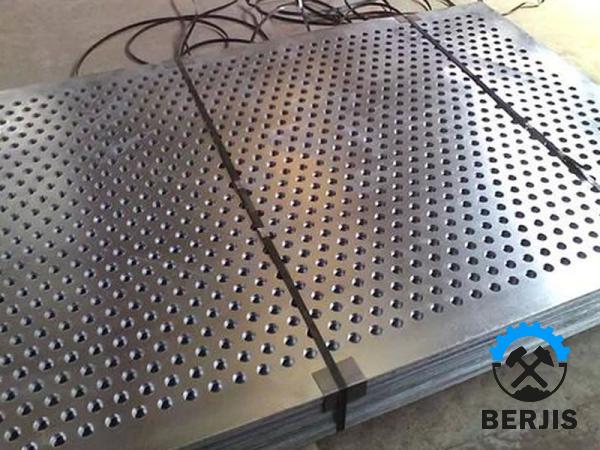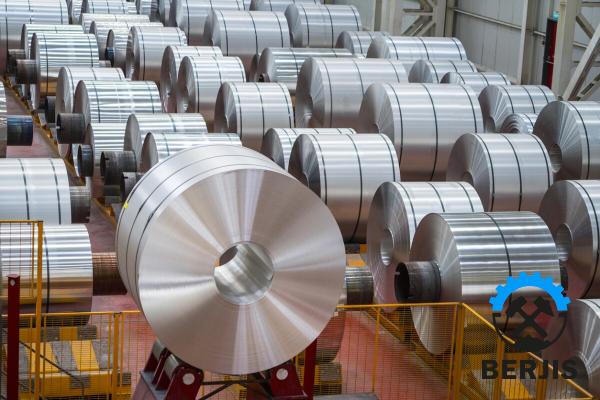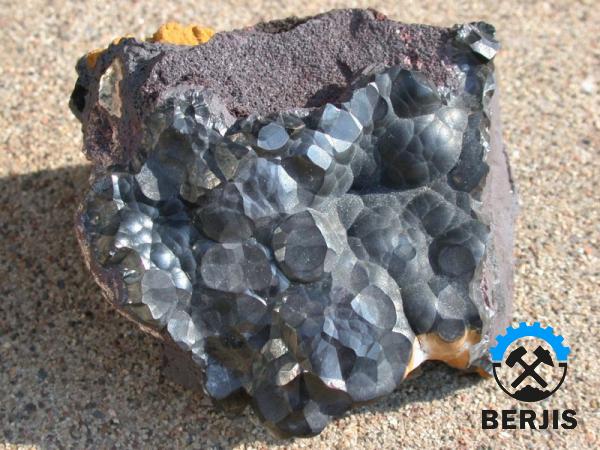In recent years, the steel industry has been under increasing pressure to reduce its environmental footprint and embrace sustainable practices. As a result, the demand for recycled steel, also known as LME (London Metal Exchange) steel scrap, has witnessed a significant surge. This article delves into the world of LME steel scrap, exploring its characteristics, benefits, and the future it holds for a greener and more efficient steel industry. 1. Understanding LME Steel Scrap: LME steel scrap refers to discarded iron and steel products that are traded on the London Metal Exchange. It encompasses a wide array of materials, including steel beams, rebar, pipes, and more. LME steel scrap can be further classified into different grades, such as shredded, heavy melting steel, and busheling, depending on their composition and quality. 2. Benefits of LME Steel Scrap: a) Energy and Resource Efficiency: Producing steel from recycled scrap requires significantly less energy and resources compared to traditional steel production from raw materials. It conserves natural resources, reduces greenhouse gas emissions, and minimizes waste.
.
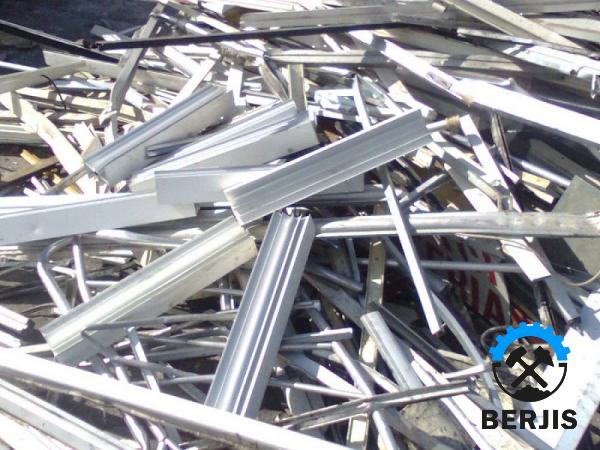 b) Cost Savings: Utilizing LME steel scrap can lead to substantial cost savings for steel manufacturers. With the rising costs of iron ore and other raw materials, recycling steel scrap proves to be a more economical option, reducing dependency on less sustainable sources. c) Quality Assurance: The LME steel scrap market sets stringent quality standards, ensuring that the recycled scrap meets specific criteria. This enables steel producers to consistently obtain high-quality materials, contributing to the overall reliability and marketability of their products. 3. Growing Demand and Market Trends: The increasing emphasis on sustainability and circular economy principles has driven the demand for LME steel scrap. Governments, regulatory bodies, and industries are recognizing the importance of reducing waste generation and carbon emissions associated with steel production. As a result, steel manufacturers are actively seeking out LME steel scrap as a more eco-friendly alternative. Moreover, the ongoing investments in recycling infrastructure, technological advancements, and research and development initiatives have further bolstered the availability, quality, and competitiveness of LME steel scrap in the market.
b) Cost Savings: Utilizing LME steel scrap can lead to substantial cost savings for steel manufacturers. With the rising costs of iron ore and other raw materials, recycling steel scrap proves to be a more economical option, reducing dependency on less sustainable sources. c) Quality Assurance: The LME steel scrap market sets stringent quality standards, ensuring that the recycled scrap meets specific criteria. This enables steel producers to consistently obtain high-quality materials, contributing to the overall reliability and marketability of their products. 3. Growing Demand and Market Trends: The increasing emphasis on sustainability and circular economy principles has driven the demand for LME steel scrap. Governments, regulatory bodies, and industries are recognizing the importance of reducing waste generation and carbon emissions associated with steel production. As a result, steel manufacturers are actively seeking out LME steel scrap as a more eco-friendly alternative. Moreover, the ongoing investments in recycling infrastructure, technological advancements, and research and development initiatives have further bolstered the availability, quality, and competitiveness of LME steel scrap in the market.
..
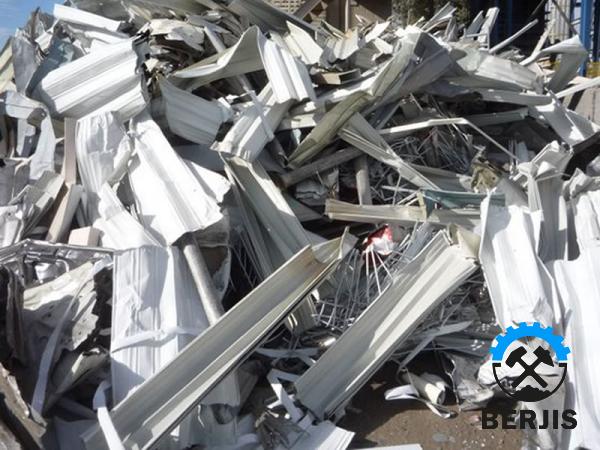 4. Challenges and Opportunities: a) Supply Chain Efficiency: To fully unlock the potential of LME steel scrap, the industry needs to address challenges related to supply chain logistics, collection, and sorting processes. Collaborative efforts between stakeholders, investment in innovative technologies, and implementation of efficient recycling systems can streamline the flow of scrap and improve overall supply chain efficiency. b) Regulatory Support: Governments and policymakers play a crucial role in fostering the growth of the LME steel scrap market by providing supportive policies, incentives, and regulatory frameworks. Encouraging investments in infrastructure, facilitating cross-border trade, and establishing sustainable procurement practices will facilitate the transition towards a more sustainable steel industry. c) Innovation and Collaboration: In order to optimize the use of LME steel scrap, stakeholders must embrace innovation and collaboration.
4. Challenges and Opportunities: a) Supply Chain Efficiency: To fully unlock the potential of LME steel scrap, the industry needs to address challenges related to supply chain logistics, collection, and sorting processes. Collaborative efforts between stakeholders, investment in innovative technologies, and implementation of efficient recycling systems can streamline the flow of scrap and improve overall supply chain efficiency. b) Regulatory Support: Governments and policymakers play a crucial role in fostering the growth of the LME steel scrap market by providing supportive policies, incentives, and regulatory frameworks. Encouraging investments in infrastructure, facilitating cross-border trade, and establishing sustainable procurement practices will facilitate the transition towards a more sustainable steel industry. c) Innovation and Collaboration: In order to optimize the use of LME steel scrap, stakeholders must embrace innovation and collaboration.
…
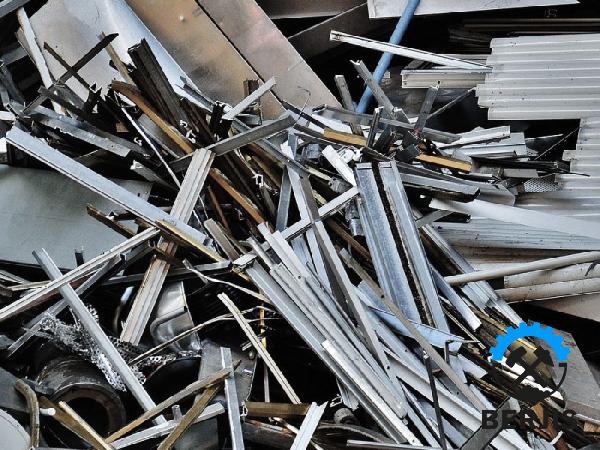 This includes adopting advanced recycling technologies, exploring new avenues for scrap collection, and creating symbiotic partnerships among steel manufacturers, recyclers, and consumers. Conclusion: LME steel scrap presents an opportunity to revolutionize the steel industry, promoting sustainability, resource efficiency, and cost-effectiveness. Its increasing demand and market growth highlight the industry’s commitment towards a circular economy model. Through collaboration, technological advancements, and supportive regulatory frameworks, the potential of LME steel scrap can be fully unlocked, reshaping the future of steel production towards a more sustainable and eco-friendly approach.
This includes adopting advanced recycling technologies, exploring new avenues for scrap collection, and creating symbiotic partnerships among steel manufacturers, recyclers, and consumers. Conclusion: LME steel scrap presents an opportunity to revolutionize the steel industry, promoting sustainability, resource efficiency, and cost-effectiveness. Its increasing demand and market growth highlight the industry’s commitment towards a circular economy model. Through collaboration, technological advancements, and supportive regulatory frameworks, the potential of LME steel scrap can be fully unlocked, reshaping the future of steel production towards a more sustainable and eco-friendly approach.

